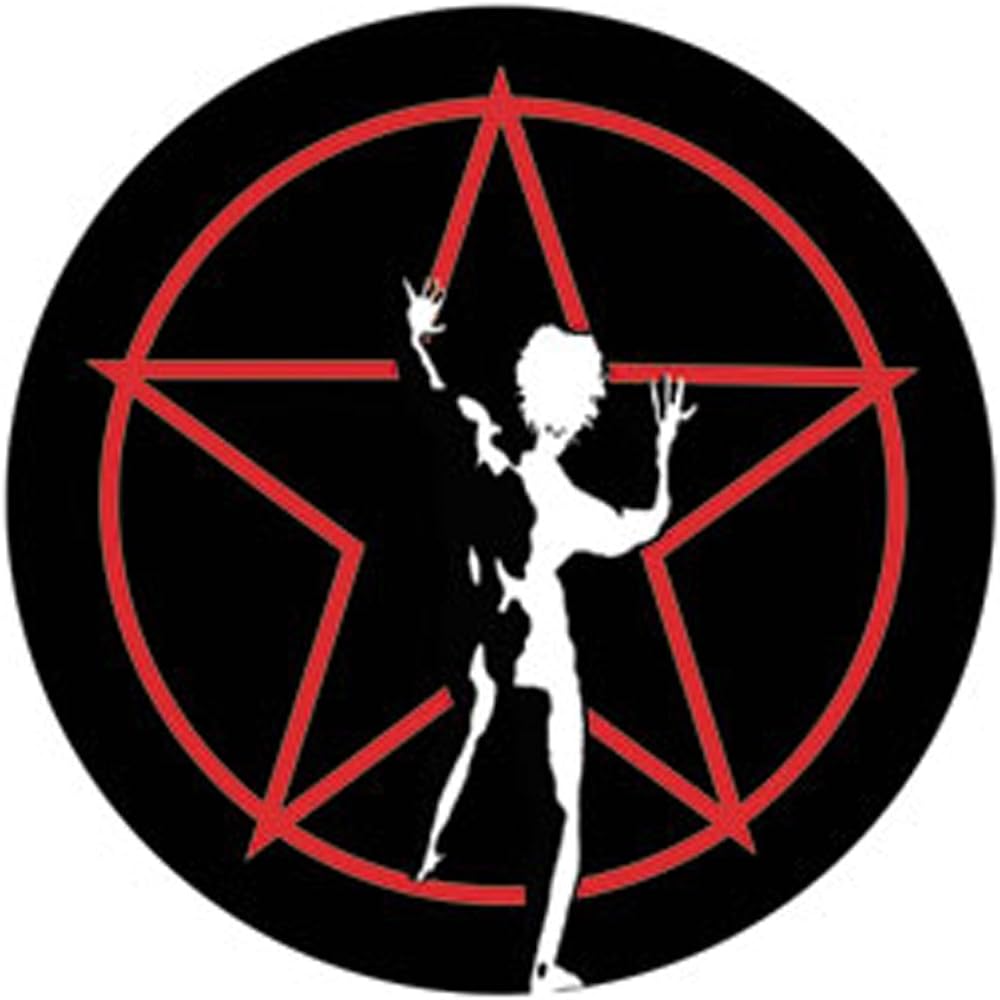I got a zero on a math test in second grade because I said “the bigger number is on the bigger side” instead of “the crocodile wants to eat the bigger number”, fuck you 2nd grade math teacher who made me hate math by being the thought police.
It is my firm belief that teachers who force you to regurgitate the textbook answer verbatim should be promptly sacked. They are only teaching you to obey authority figures without questioning, and we don’t need any more toadies in this world.
Open end is big space (bigger number). Closed end is smaller space (smaller number).
I honestly don’t understand how people struggle with this, but maybe it’s some kind of light dyslexia. I don’t judge people with dyslexia, obviously. It’s easy for me, as someone who doesn’t have dyslexia, to claim it is easy to see.
I don’t know about everyone else but before I figured out the visual clues of the symbols on my own, the only explanation I ever got was “> is greater than, < is less than” but I was a kid and there was nothing stopping me from interpreting “10 < 100” as “100 is less than 10” which confused the hell out of me.
I suppose it gets easier if you read it from left to right, which kids tend not to do at first for some reason. At least not my kids.
Big side big number, little side little number
It can also be read as a statement, which can be true or false. You can fully well write “3 > 5”, but the statement is false. 👍
I never understood why so many people seemingly struggle with these signs to the point they need a mnemonic. The big side points to the big number and the small side to the small one. What even is there to remember?
Look at Dr. Postdoc here
That’s Mr. Dr. Professor Postdoc to you!
What you describe is a mnemonic.
Technically. That’s not the point, though. The symbol itself has a built in mnemonic; it’s designed so you can’t forget what it means. If you wanna be pedantic, which, fair enough, we’re talking about math notation after all, add “different” before “mnemonic” in the original comment and the point still stands.
As a kid I saw it as an arrow pointing, it points to the small number. That’s how I remembered it. I can now understand it ‘facing’ the big number but it was never pointing any direction other than the point, which is to the smaller one. Now I understand it eats the bigger one but it took awhile to see it as anything but an arrow point, if they drew them with teeth I’d have understood the eating better as a kid but I don’t think any teacher did that. I never had trouble understanding overall so wasn’t an issue.
big side, big number
I had no idea that people struggled with this so much and have come up with such crazy (to me) ways of figuring it out.
Most of the world, if asked to write down numbers 1-100 on a line, would do so left to right. The < and > symbols are arrows pointing left and right. To the left the numbers decrease (less than) and to the right the numbers increase (greater than).
All this stuff about crocodiles and ducks seems like such a bizarre way to remember it!
Edit: thanks for the comments, it’s fascinating to get an insight on how differently people’s brains work. Something that seems like such an obvious concept is just as baffling to others as the crocodile is for me.
To attempt to explain it better though: Say the number you’re comparing to is 50. If x is less than that, say 30, then it would appear to the left of 50 in the list and the arrow would point that way <–. If it’s greater than 50 then it would be to the right -->
A mnemonic device is a mnemonic device.
I think about how the symbols have two sides, one is a point (small side) and the other is wide (big side)
Your explanation is no less crazy lol.
Yes, but that’s because that’s the way your mind interpreted it, it could have just as easily thought that the arrow (little side) should point in the forward direction from left to right, so ‘point to the bigger number’.
Basically two completely unrelated things both make sense to you in the same direction, and that happened to be the direction that the the people picking the symbols also picked. If they had simply picked the opposite direction, all the people who currently struggle might find out perfectly natural and be confused as to why ‘you’ have such a problem understanding it.
Here’s a wild thought: inequalities are not always written with the lower number on the left… or there wouldn’t be a need for two symbols.
I think about it the same way I think about + and -. I don’t think at all. I just know.
Maybe it’s because I’m a programmer and I encounter comparators more than addition and subtraction.
I am 54, and still every fucking time.
Never heard this till this meme, apparently I was under a rock… Or in Florida
Not a meme, just how I was taught to remember greater than / less then operator direction
Yeah I meant the saying from the meme op posted, my bad. We just were taught the bigger side faces the bigger side, smaller smaller. Alligators, Crocodiles, and Pacman I guess we never included in math otherwise we’d startt totalling how many neighborhood dogs got eaten in the retention ponds next door. Like the number 1 unspoken rule of going fishing on the St. Johns River is don’t bring your dog, haha
Also I have seen Lake Jesup sometimes have so many gators eyes at night that you’d think you could cartoon run 13 miles across it and not have to touch water.
<3 is “less than three”, and 3 is “three” so logically < is “less than”
I try this, but I always get <3 mixed up with Ɛ>
#cursed
aww love you too bro <3
Also < looks like an L at an angle
Didn’t know so many people had trouble with this. To me they’re as different as b and d. Never had to think about it
Surely in theoretical physics, the most common use of
is in a ket (eg.|ψ>).Crocodile want to eat cactus ?
Crocodile needs eat cactus to see window
That cactus is the devil!
arguably, it’s |ψ〉, which is not the same as >
wow that’s a big difference (I have no idea what you are talking about)
I think 〉 means a very hungry (or at least large mouthed) crocodile, and > is just a normal one.
It is just a notation for linear algebra and linear operators on complex vector spaces together with their dual space both in the finite-dimensional and infinite-dimensional case. Really quite simple stuff actually…
smiles and nods, smiles and nods…
No? Not everyone’s doing work on quantum systems. Far from it. Most people do not need to use Dirac notation.
I guess not. Its just that when I hear ‘theoretical physics’ I immediately think of particle physics (and related fields). I have this idea that in most branches of physics people just say the topic, eg. astronomy, material sciences, or whatever; and don’t usually specify whether they are doing theoretical work or experimental/empirical work. But in particle physics … my impression is that people are more likely to specify. Anyway, that’s just my own bias I guess.
I know that you can pronounce the emoticon <3 as less than three and it has for whatever reason replaced the crocodile mnemonic.
I <3 u >
You love me more than what?
Just I love you more
❤️
Thanks dude, that cheered me up a bit
I earned it as the larger part being on the side of the bigger number
.<:
I’ve always been a fan of using > and < but in the general use of lesser than or greater than, however, the symbols were always interchangeable to me since it always depends on where you put the defined integer, correct?
If I want to say something is less than 37. It can either be 37 > or < 37.
Because in that scenario the imaginary integer n is always on the opposite side of the symbol.
37 > n
n < 37
So why did > ever become greater and < be less than? Doesn’t it also depend on how your text is written? If people reading from right to left or down to up vs left to right and up to down, means it’s reversed.
The open part of the caret is where the bigger number is, the opposite side is where the lesser number is.
37 > n
“37 is greater than n.”
n < 37
“n is less than 37.”
Obviously both sentences have the same meaning, but the symbols are named that way because people usually read left to right… (in English that is)
So why did > ever become greater and < be less than? Doesn’t it also depend on how your text is written? If people reading from right to left or down to up vs left to right and up to down, means it’s reversed.
Yes.
is “greater than” because you’re reading left-to-right. 12 > 9, read: “twelve is greater than nine”. When reading in a right-to-left script, it’s the opposite, but because of how the BiDi spec works, the same Unicode character is actually used for the same semantic meaning, rather than the appearance. Taking the exact same block of text but formatting it right-to-left (using directional isolate characters) yields “12 > 9”, which is still read as a “greater than”, just from right-to-left.Hopefully that makes sense.
So yes, if you copy the
character and paste in any directional environment, it will retain its meaning of “greater than”.Edit: on my phone, the RTL portion is not formatted well. If you can’t see it, try a browser.
You just blew my mind with that unicode trivia. Super cool !
Neat AF.
i feel like i’ve been using latex for so long that at this point my brain has been rewired to see ≤ as ‘\le’ (less than or equal to) and ≥ as ‘\ge’ (greater than or equal to), and then this dictates how i view < and > as well
I worked for years in a data validation system. All day I was writing rules using the symbols and writing the decode of the rule in words - less than or equal to
I really don’t need mnemonics
My Mama says that alligators are ornery because they got all them teeth and no toothbrush
Say it in English grammar “GREATER than” means greater number first. And vice versa.
Crocodile eats bigger number is way easier to remember
I feel you.
How does this help me remember which symbol means greater than and which one means less than?
The bigger side of the symbol is greater. The small side is less.
We read left to right.
That make sense?
No, sorry, not at all. You just said 2 true things that i agree with. I just fail to see the connection. How does reading left to right help me remember that the bigger side is greater? You didn’t even mention the important part in the first comment as if it is implied by left to right reading. I’m clearly missing something that seems obvious to you








